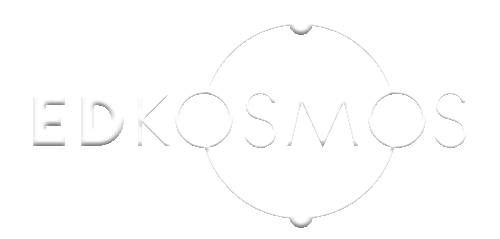Additional information
| Province | Ontario |
|---|---|
| Colleges | Hamilton School of Careers & Hamilton Institute of Technology |
| Program Categories | IT |
| Program Duration | 40 Weeks |
| Program Intakes | Every Month |
| Class Type | Hybrid |
| Funding |
Admissions Open
| Province | Ontario |
|---|---|
| Colleges | Hamilton School of Careers & Hamilton Institute of Technology |
| Program Categories | IT |
| Program Duration | 40 Weeks |
| Program Intakes | Every Month |
| Class Type | Hybrid |
| Funding |
COMPUTER PROGRAM ANALYST
40 weeks / 800 hours
Classes commence every month
Students attend class 8 hours per day, five days per week
Admission Requirements
Ontario Secondary School Diploma or equivalent; or mature student status (18 years of age and pass a Superintendent approved qualifying test
COMPUTER PROGRAM ANALYST
? Diploma level of study
? Mandatory continued training for instructors
? Excellent student to teacher ratio
? Classes commence every month
? Monthly payment plans
? Courses are tax deductible
? Honour roll student recognition
COMPUTER PROGRAM ANALYST
Software Engineers, also known as computer programmers, design, write, test, maintain and document computer software applications.
We place emphasis on teaching object-oriented programming languages to plan, design, develop and implement computer software programs. You will graduate with a comprehensive understanding of practical computer programming concepts and techniques. This is essential knowledge and skills for employment in the software development industry in fields such as Windows programming, web development, database design, systems analysis and e-commerce.
Program Overview:
? Introduction to Computer Fundamentals
? Introduction to Software Development Life Cycle (SDLC)
? Introduction to Database Programming
? Introduction to Application Programming
? Introduction to Linux and Open Source Technologies
? Visual.NET Framework and Programming
? Internet Application Programming
The range of programming languages in use is now very wide. They range from machine code and assembler languages (mostly used for one-off programming of
dedicated microprocessor control systems) through to fourth-generation object-oriented languages. Because many languages are best suited to one type of
task, most programmers can write in several languages, choosing the most appropriate one for a particular job. Many applications written in early languages
such as COBOL and FORTRAN are still in use and require maintenance, while the bulk of new applications are written in languages such as C++, Java and the
.NET Framework.

